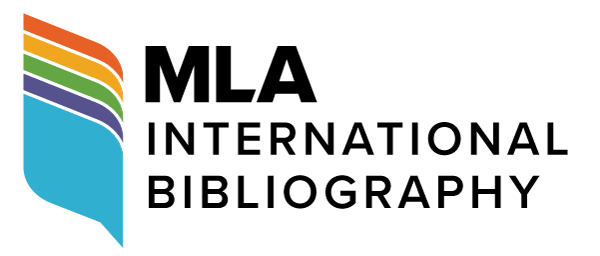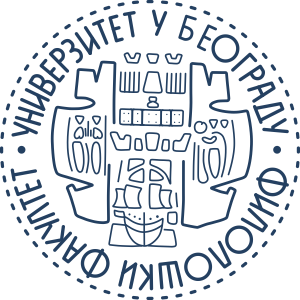Transformacija mita o Edipu u drami Slepac Huga Klausa
DOI:
https://doi.org/10.18485/analiff.2021.33.1.14Кључне речи:
mit, Edip, oceubistvo, incest, slepilo, kuga, nuklearna katastrofa, teorija intertekstualnosti, ŽenetСажетак
Mit o Edipu i u XX veku neiscrpan je izvor inspiracije. Flamanski pisac
Hugo Klaus dao je 1985. svoju varijantu čuvenog mita u drami Slepac (Blindeman). Reč je o parodiji na Senekinu dramu Edip na koju se Klaus oslanjao prilikom pisanja svoje verzije. Drama Slepac smeštena je u kontekst XX veka. Radnja se odvija u Gentu nakon nuklearne katastrofe. U pitanju je reinterpretacija originalnog mita u kome grad Tebu zahvata kuga, dok u drami Slepac grad Gent pogađa kuga savremenog doba izazvana nuklearnim ratom. Što se kompozicije drame tiče, Klaus koristi tehniku drame u drami. Preživeli igraju predstavu „Edip“ i tako Klaus povlači paralelu između priče u sadašnjosti i junaka iz pomenutog mita. Svaki lik u drami ima svoj pandan u mitskoj priči i igra dvostruku ulogu. Imena su prepoznatljiva i po tome što počinju istom slovom ili slogom kao u mitu: Omer, Jolanda, Lano, Tite. Klaus se tokom čitave drame poigrava mitom. Tako npr. u njegovoj obradi Jokasta od samog početka zna da je Edip njen sin. Teorijsku podlogu u radu činiće postavke teorije intertekstualnosti Žerara Ženeta.
Downloads
Објављено
Како цитирати
Bрој часописа
Секција
Лиценца

Овај рад је под Creative Commons Aуторство-Дели под истим условима 4.0 Интернационална лиценца.
Authors who publish with this journal agree to the following terms:
- Authors are confirming that they are the authors of the submitting article, which will be published (print and online) in the journal Anali filološkog fakulteta by the Faculty of Philology, University of Belgrade (Faculty of Philology, Studentski trg 3, 11000 Belgrade, Serbia). Author’s name will be evident in the printed article in the journal. All decisions regarding layout and distribution of the work are in hands of the publisher.
- Authors guarantee that the work is their own original creation and does not infringe any statutory or common-law copyright or any proprietary right of any third party. In case of claims by third parties, authors commit their self to defend the interests of the publisher, and shall cover any potential costs.
- Authors retain copyright and grant the journal right of first publication with the work simultaneously licensed under a Creative Commons Attribution-ShareAlike 4.0 International License that allows others to share the work with an acknowledgement of the work's authorship and initial publication in this journal.
- Authors are able to enter into separate, additional contractual arrangements for the non-exclusive distribution of the journal's published version of the work (e.g., post it to an institutional repository or publish it in a book), with an acknowledgement of its initial publication in this journal.
- Authors are permitted and encouraged to post their work online (e.g., in institutional repositories or on their website) prior to and during the submission process, as it can lead to productive exchanges, as well as earlier and greater citation of published work.





